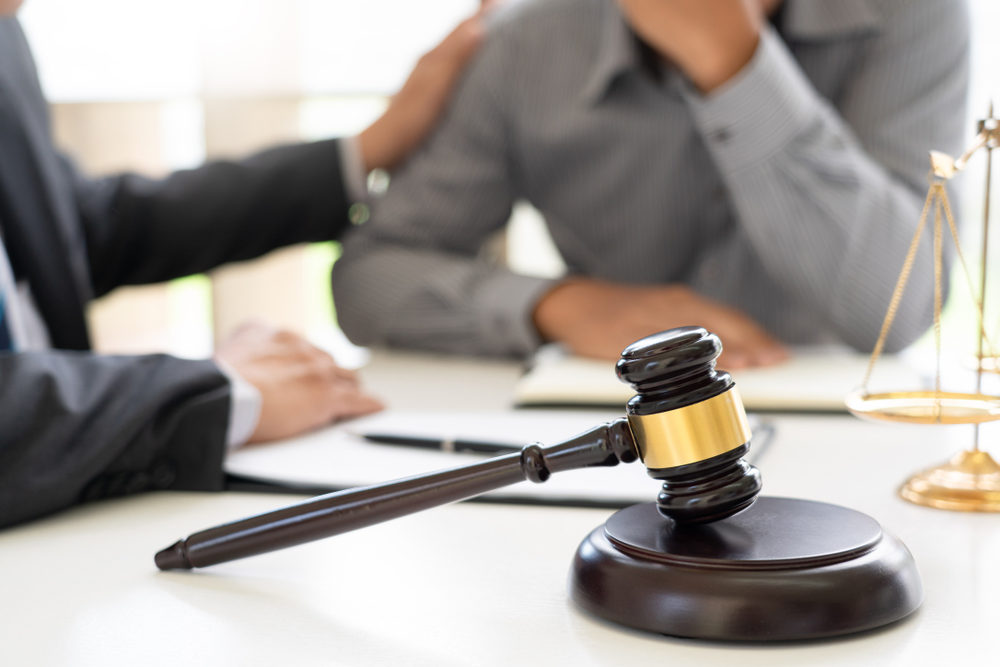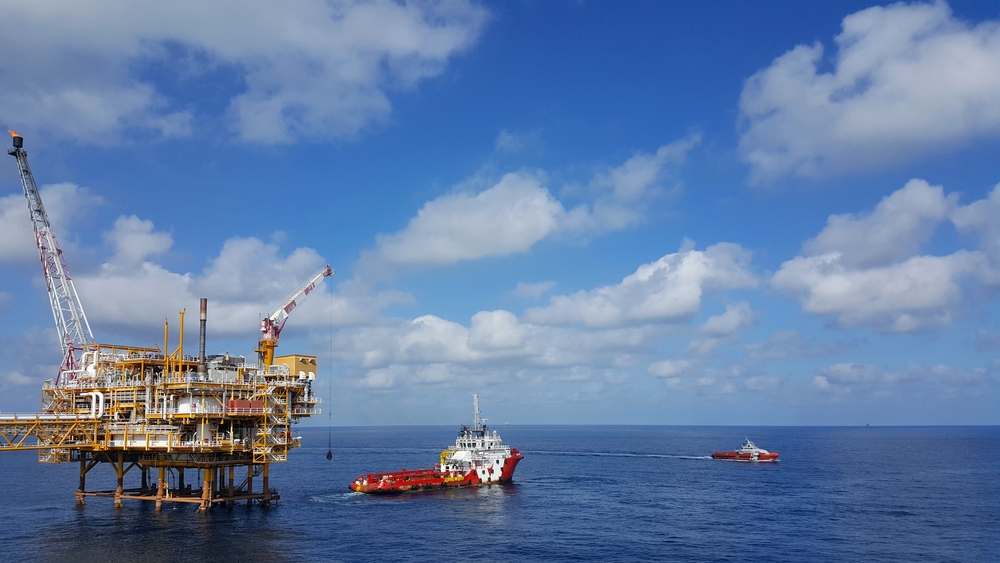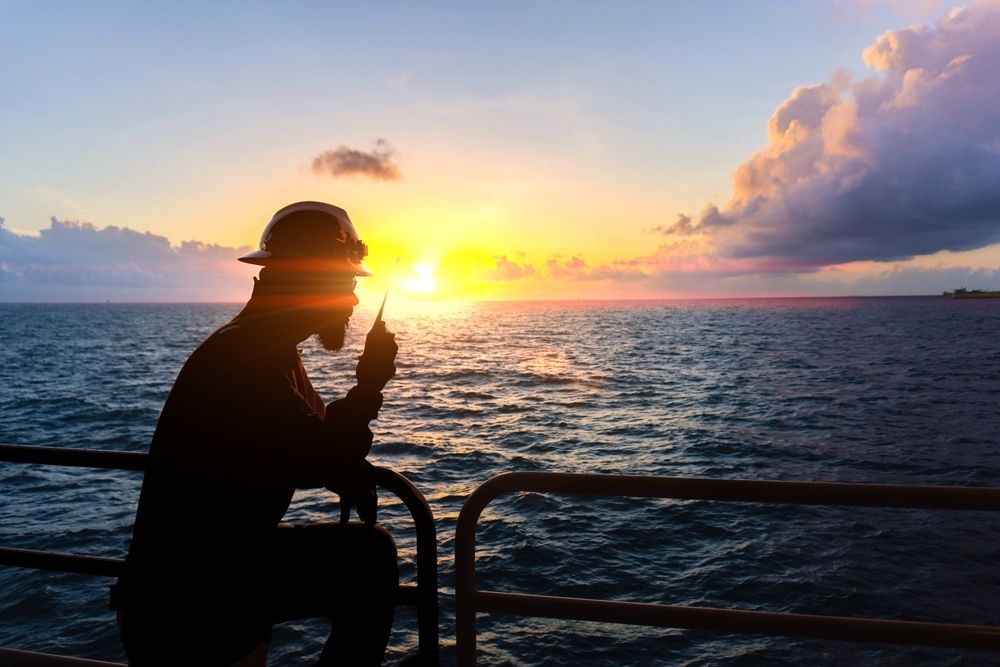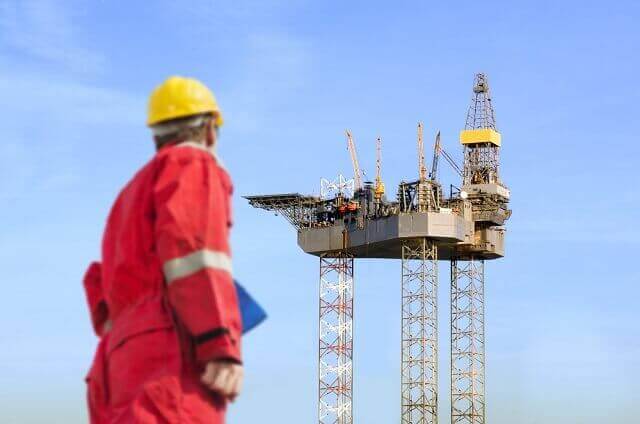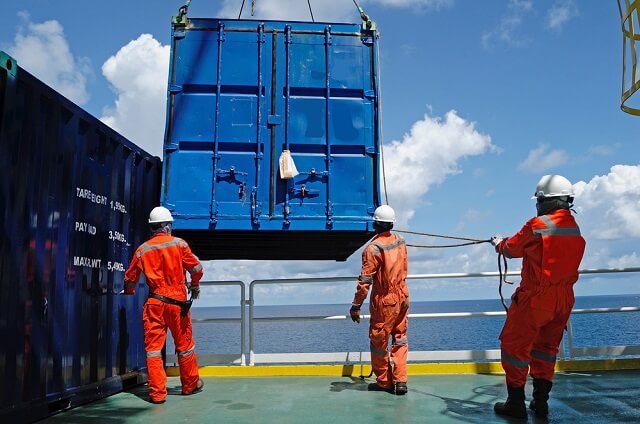At the gas pump, you’re probably focused on how much it will cost – not about the people who get the gas to you. Offshore workers are some of the people who help to get the oil and gas, and they do it at significant personal risk.
In fact, derrick operators in the mining, gas and oil industry have the third-most dangerous jobs in the United States. A study from 2014-to 2018 saw 46 fatalities out of every 100,000 of these workers, and most of those occurred while simply traveling to or from the job site.
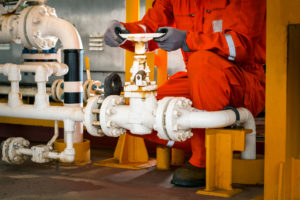 More than 1,500 oil/gas drillers died between 2008-and 2017, according to the U.S. Dept. of Labor’s Bureau of Labor Statistics (BLS). Nearly the exact number of U.S. troops were killed in Afghanistan during the same period. And in 2017, Louisiana had the third-highest number of oil/gas worker deaths in the nation.
More than 1,500 oil/gas drillers died between 2008-and 2017, according to the U.S. Dept. of Labor’s Bureau of Labor Statistics (BLS). Nearly the exact number of U.S. troops were killed in Afghanistan during the same period. And in 2017, Louisiana had the third-highest number of oil/gas worker deaths in the nation.
Those who work on offshore rigs in the middle of the ocean, particularly in the Gulf of Mexico, have some of the highest risks. There’s no question that offshore accidents are much more dangerous than the typical workplace injury.
U.S. maritime law protects workers on vessels flying an American flag, and legal recourse is available for injured workers or the families of those fatally injured. But what about employees on foreign-flagged ships, which lack American safety and liability requirements?
Offshore Workers Face Extreme Risks Every Day
Extracting oil and gas on massive offshore rigs comes with a unique set of dangerous risks not found in other labor-intensive jobs.
Oil rig workers, also called roustabouts, work on land and sea. Both endure long shifts, threats of explosions or fires, accidents due to improperly maintained equipment, slip and falls and in some instances poor training and supervision.
But offshore workers also face hazardous ocean weather conditions, vessels that are not seaworthy, and the risk of drowning or serious injury without access to emergency medical services. They are subject to negligent decisions from higher-ups, who worry about making enough money in an industry rapidly losing its workforce. Bosses may push them to work longer shifts and leave port despite severe weather warnings. Such was the case in the Seacor Power boat accident last year, which left thirteen crew members dead. Maritime roustabouts work with large and heavy machinery on slippery decks. Rough seas could easily dislodge equipment or throw workers off the rig’s narrow passageways.
If offshore workers survive their accident, possible injuries could include burns, traumatic brain injury, broken or lost limbs, respiratory problems, and spinal cord injuries.
The tragedy is that most offshore accidents are completely preventable. But companies often cut corners to maintain rigs and equipment, especially in the warm, salty and corrosive waters of the Gulf of Mexico.
U.S. Maritime Law Neglects Workers on Foreign Vessels
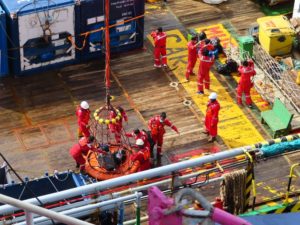 There are several laws and safety regulations in place to protect offshore workers. Oil rig owners and operators are legally required to provide proper training, supervision, and a safe work environment. Workers injured in offshore accidents can utilize these laws to seek compensation after injury or death.
There are several laws and safety regulations in place to protect offshore workers. Oil rig owners and operators are legally required to provide proper training, supervision, and a safe work environment. Workers injured in offshore accidents can utilize these laws to seek compensation after injury or death.
The main component of the Jones Act, or the Merchant Marine Act of 1920, enables injured maritime workers who are considered seamen on U.S. ships to bring personal injury claims against employers whose negligence contributed to their injury.
After accidents more than three nautical miles from shore, families of offshore workers who die or are presumed dead may file a lawsuit under the Death on the High Seas Act.
Under international law, offshore rigs are considered ships. Under a maritime industry practice called “flags of convenience” (FOC), the companies who own them are permitted to register them in foreign nations. Many times, these countries lack the strict workers’ rights and safety standards required by U.S. ships. FOC allows foreign-flagged ships or rig owners to cut corners on pay, benefits and labor protections.
The Deepwater Horizon rig exploded and sank in the Gulf of Mexico in April 2010, causing the death of 11 workers and the largest oil spill in the history of marine drilling operations. It was a foreign-flagged ship owned by offshore company Transocean and leased by BP (British Petroleum). Safety inspections were conducted by the Marshall Islands, a small developing country in the Pacific Ocean. Those 11 workers might still be with their families today had it been under U.S. safety regulations.
The lack of protection for U.S. workers on foreign-flagged ships means it is crucial to hire competent legal representation if you or a loved one is injured or killed in an offshore accident.
Herman, Herman & Katz was instrumental in securing justice from the BP oil spill, including partner Steve Herman serving as Co-Lead Counsel in the historic trial. Our Louisiana offshore accident lawyers have the experience and knowledge to assist injured offshore workers through the complex legal process. Please call us toll-free at 844-943-7626 or fill out our online contact form to schedule a free consultation.
Free Case Evaluation
More About HHK
Other Offshore-Maritime Accidents News
Offshore work is one of the most dangerous professions in […]
Offshore oil workers hold one of the most dangerous job […]
Offshore workers perform some of the most dangerous jobs in […]
Regardless of the type of job, offshore workers generally face […]
New Orleans, LA Maritime Injury Lawyer What you do (or […]
Legal Experience for Offshore Accidents and Injuries in New Orleans […]


